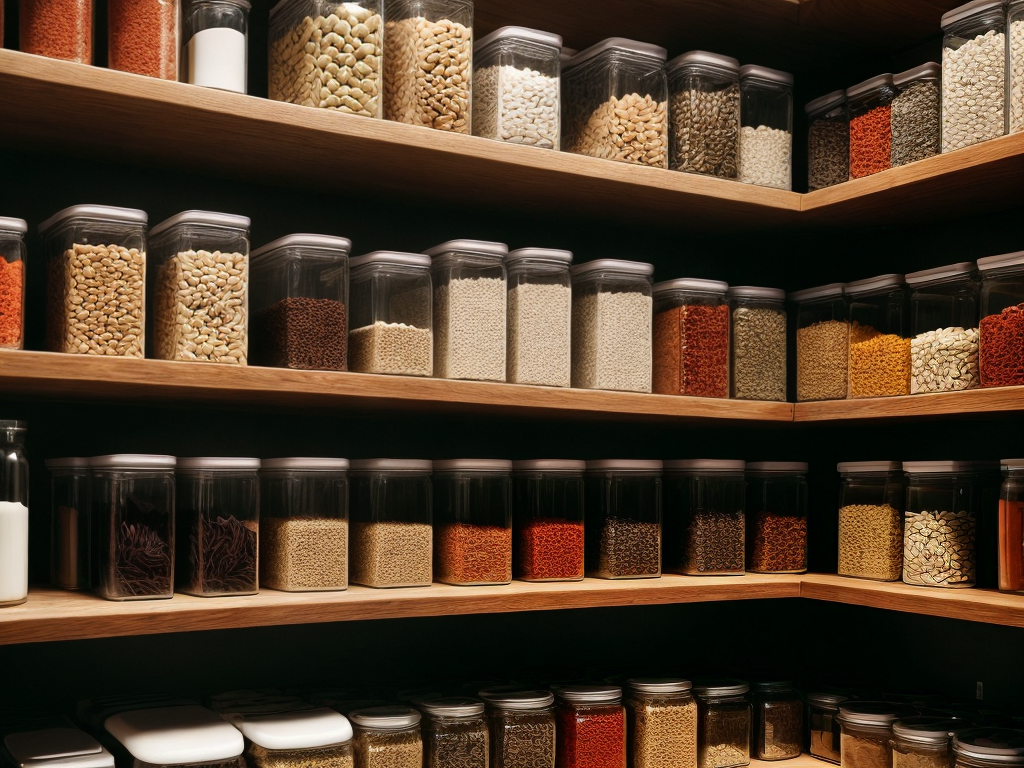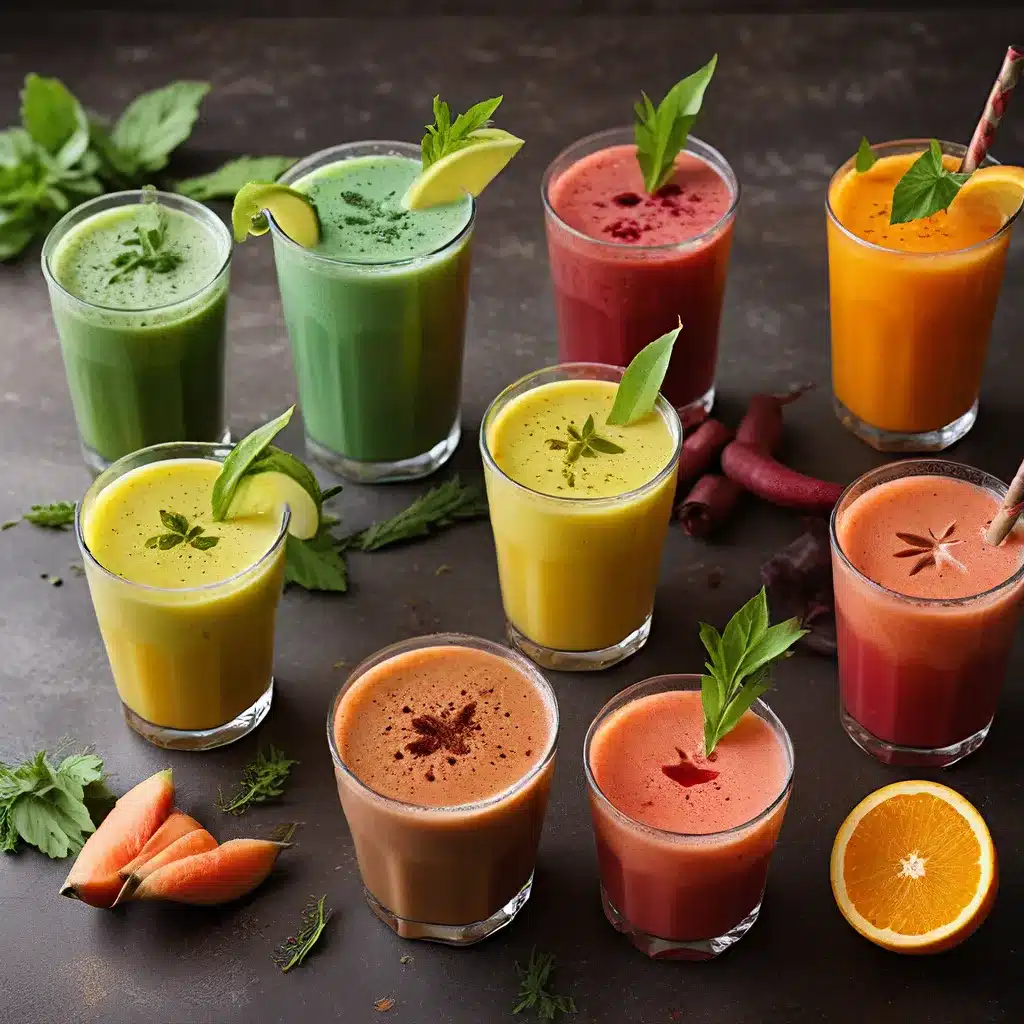
I have always been a bit of a neat freak, but when it came to my pantry, it was a disaster. Cans falling out, expired items hiding at the back, and a general lack of organization. That’s when I decided it was time to take charge and organize my pantry like a pro. And let me tell you, the difference it has made is astounding. From assessing my pantry space to implementing a labeling system, I’ve got all the tips and tricks to help you transform your pantry into a well-organized haven. So, if you’re tired of the chaos and ready for some pantry perfection, keep reading.
Assessing Your Pantry Space
To begin organizing your pantry like a pro, the first step is to assess your pantry space. Evaluating storage options and utilizing unused space are key to maximizing the efficiency of your pantry. Start by taking a close look at the available shelves, cabinets, and drawers. Determine their dimensions and consider how you can optimize each area. Look for any wasted space, such as gaps between shelves or unused corners. These areas can be utilized by adding additional shelves, hanging racks, or even installing door organizers.
Once you have evaluated the storage options, it’s time to think about the items you plan to store in your pantry. Categorize them into groups such as canned goods, spices, baking supplies, and snacks. This will help you determine the best storage solutions for each category. For example, canned goods can be stored on sturdy shelves, while spices may be better placed in a drawer or on a wall-mounted spice rack.
Remember to prioritize safety when organizing your pantry. Place heavier items on lower shelves to prevent them from falling and causing injury. Keep frequently used items within easy reach, and store potentially hazardous items, such as cleaning supplies, away from food items.
Clearing Out and Decluttering
Now it’s time to clear out and declutter your pantry for a more organized and efficient space. A decluttered pantry brings numerous benefits to your life. Here are some pantry organization hacks and the benefits of a decluttered pantry:
- Less stress: Clearing out the clutter in your pantry creates a sense of calm and reduces stress. It allows you to easily find what you need, saving you time and frustration.
- Improved safety: A cluttered pantry can be a safety hazard, with items falling out or becoming expired. By decluttering, you create a safer environment, reducing the risk of accidents.
- Better inventory management: When your pantry is organized, you can easily see what you have, reducing the likelihood of buying duplicate items. This saves money and prevents food waste.
- Enhanced meal planning: With a decluttered pantry, meal planning becomes effortless. You can easily assess your ingredients and plan meals around what you already have, leading to more efficient and economical cooking.
- Inspiration for creativity: A neat and organized pantry can spark creativity in the kitchen. When you can see all your ingredients clearly, you’re more likely to experiment with new recipes and try different flavor combinations.
Categorizing Your Pantry Items
Categorizing your pantry items is an essential step in creating an organized and efficient space. Properly organizing your food storage not only makes it easier to find what you need, but it also helps maintain the freshness and quality of your ingredients. Here are a few pantry organization tips to help you get started.
First, group similar items together. This means placing all canned goods in one area, dry goods like pasta and rice in another, and spices and condiments in their own designated spot. By grouping items together, you can easily see what you have and avoid purchasing duplicates.
Next, consider using clear storage containers. Clear containers allow you to see the contents inside, making it easier to find what you need without rummaging through the pantry. It also helps keep your pantry looking neat and tidy.
Additionally, labeling your containers is crucial. Clearly mark each container with the name and expiration date of the product. This will ensure that you use items before they expire and prevent any potential food safety hazards.
Lastly, consider implementing a first-in, first-out system. This means placing newer items behind older ones, so you use the oldest items first. This practice helps minimize food waste and ensures that you’re consuming ingredients before they go bad.
Choosing the Right Storage Containers
When organizing your pantry like a pro, selecting the right storage containers is crucial. Choosing the right size containers and finding the best material for storage are key factors in ensuring the safety and organization of your pantry items. Here are some tips to help you choose the right storage containers:
-
Size Matters: Opt for containers that are the right size for your pantry items. Avoid containers that are too large, as they can take up unnecessary space and make it difficult to find what you need. On the other hand, containers that are too small won’t be able to hold enough of your pantry staples.
-
Material Matters: Look for containers made of durable materials such as glass or BPA-free plastic. These materials are safe for storing food and can withstand the rigors of daily use. Avoid containers made of low-quality plastic, as they may leach harmful chemicals into your food.
-
Seal it Tight: Ensure that the containers have airtight seals to keep your pantry items fresh and free from pests. A good seal will also prevent any spills or leaks, keeping your pantry clean and organized.
-
Clear is Key: Opt for transparent containers that allow you to easily see what’s inside. This will help you quickly locate the items you need, saving you time and frustration.
-
Stackability: Choose containers that are stackable to maximize vertical space in your pantry. This will help you utilize the available space efficiently and keep your pantry tidy.
Maximizing Vertical Space
To maximize vertical space in your pantry, consider utilizing shelving units or stackable storage containers. By increasing storage capacity and utilizing shelves efficiently, you can create a well-organized pantry that maximizes space and makes it easier to find items. Here are some tips to help you make the most of your vertical space:
-
Use shelving units: Install adjustable shelving units in your pantry to make the most of the vertical space. This allows you to customize the height of the shelves according to the size of your items.
-
Stackable storage containers: Invest in stackable storage containers that can be easily stacked on top of each other. This helps to utilize the vertical space and keeps your pantry neat and tidy.
-
Utilize the door space: Install a door organizer or use adhesive hooks to hang small items such as spice jars, measuring cups, or kitchen utensils. This efficiently utilizes the often-underutilized space on the pantry door.
Implementing a Labeling System
When it comes to organizing your pantry like a pro, implementing a labeling system is key. Clear and concise labels make it easy to quickly find what you need, saving you time and frustration. Categorizing items further enhances accessibility, ensuring that everything has its designated place.
Clear and Concise Labels
I highly recommend implementing a labeling system in your pantry to ensure clear and concise labels for all your items. Creating custom pantry labels is an effective way to categorize and identify your food products easily. Utilizing digital pantry organization tools can also help you keep track of expiration dates and maintain a safe pantry environment. Here are five reasons why a labeling system is essential:
- Easy identification of ingredients and allergens: Labels provide crucial information to help you avoid potential allergic reactions.
- Efficient meal planning: Clearly labeled items allow you to quickly locate ingredients and plan meals in advance.
- Prevent food waste: Properly labeled items help you track expiration dates and reduce the risk of consuming expired products.
- Safe storage of cleaning supplies: Labels on cleaning products prevent accidental ingestion or misuse.
- Promote kitchen safety: Clearly marked storage containers for sharp objects or hazardous materials keep your pantry safe for everyone.
Implementing a labeling system ensures a well-organized and safe pantry that meets your family’s needs.
Categorizing for Easy Access
To create a well-organized and efficient pantry, implementing a labeling system is crucial for categorizing your items and ensuring easy access. Categorizing your pantry items not only saves time but also reduces the risk of accidents. By labeling your shelves or storage containers, you can quickly identify where each item belongs and easily find what you need. This helps prevent overreaching or moving heavy items, reducing the chances of injury. Additionally, categorizing your pantry allows you to group similar items together, making it easier to keep track of your inventory and avoid buying duplicates. Whether you use labels or color-coded tags, a labeling system is a simple yet effective way to maintain a safe and organized pantry.
Organizing by Frequency of Use
Arranging your pantry based on how frequently you use items is a key strategy for efficient organization. By organizing your pantry in this way, you can save time and ensure that you always have the ingredients you need at hand. Here are five reasons why organizing by frequency of use is essential for a well-functioning pantry:
-
Reduce clutter: By placing frequently used items at the front of your pantry, you can easily access them without having to search through a jumble of ingredients.
-
Prevent food waste: Adopting a rotation system ensures that older items are used first, reducing the likelihood of food expiration and waste.
-
Maintain freshness: Storing perishable items, such as spices and grains, at the back of the pantry can help preserve their freshness and flavor for longer.
-
Increase safety: Placing heavier items, like canned goods, on lower shelves prevents them from falling and causing accidents.
-
Save money: A well-organized pantry allows you to see what you have on hand, preventing unnecessary purchases and helping you stick to your budget.
Efficient storage and a rotation system are essential components of organizing your pantry by frequency of use. By implementing these strategies, you can create a safe and accessible space that saves you time, money, and reduces food waste.
Maintaining Your Organized Pantry
Maintaining an organized pantry is crucial for efficient meal preparation and reducing food waste. Proper maintenance is essential to sustain organization and ensure a safe and functional space. Here are some tips for maintaining your organized pantry.
Firstly, regularly check the expiration dates on all items in your pantry. Remove any expired or spoiled food immediately to prevent contamination and maintain freshness. Additionally, rotate your stock by placing newer items behind older ones. This practice helps ensure that older items are used before they expire.
Secondly, clean your pantry regularly to remove any spills or crumbs that may attract pests. Use a damp cloth or sponge to wipe down shelves, and vacuum or sweep the floor to keep it clean and free of debris.
Thirdly, invest in storage containers to keep your pantry organized. Transfer items such as grains, pasta, and snacks into airtight containers to maintain freshness and prevent pests from getting in. Label each container with its contents and expiration date for easy identification.
Lastly, make it a habit to declutter your pantry periodically. Remove any items that you no longer use or need, and reorganize the shelves to maintain a neat and efficient space.
Conclusion
In conclusion, organizing your pantry like a pro is a simple yet effective way to maximize your space and make meal preparation easier. By assessing your pantry space, clearing out and categorizing your items, choosing the right storage containers, maximizing vertical space, implementing a labeling system, and organizing by frequency of use, you can create a well-organized pantry that is both functional and visually appealing. With a little maintenance, you can enjoy the benefits of a neatly organized pantry for years to come.







